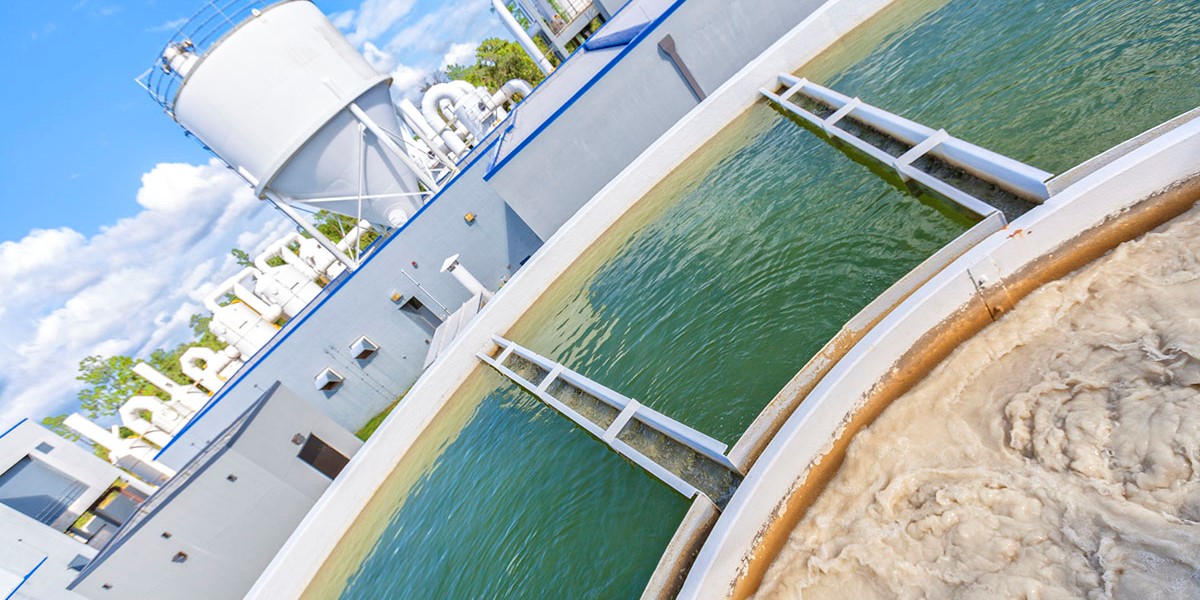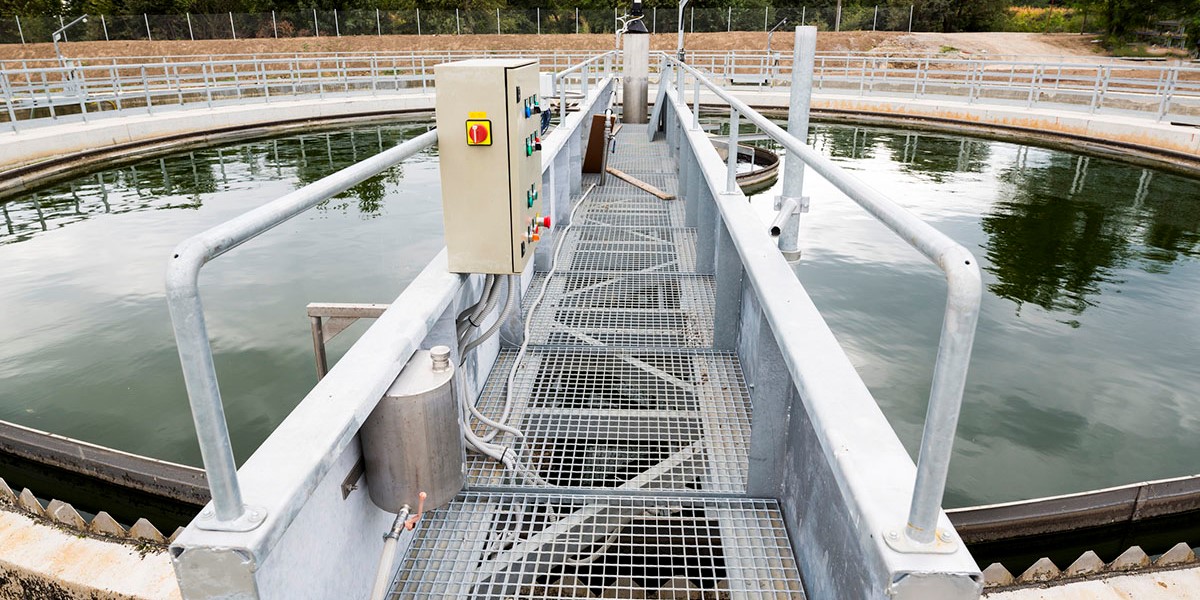Bad Weather - Are Your Risk Assessments and Method Statements Ready?
As the weather becomes more unpredictable, now would be the perfect time to take a fresh look at your risk assessment and method statements (RAMS). They may have been submitted and signed off, but as all safety supervisors know, anything can change, particularly the weather.
Likewise while most permits to work (PTWs) are short-term, if you are dealing with long-term permits, then now’s a good time to think about revising or replacing them, depending on the elements.
Once your workers get to site and decide it is unsafe or if they fail to check-in, it is too late. Far better to get on the front foot by asking yourself, ‘Where are my workers going, what are they doing, and what happens if the weather changes?’
When it comes to the details, every situation is unique. No one knows how to go about individual risk assessments and method statements better than the safety supervisors involved. That said, here are some of the weather related risks you might choose to consider.
Delayed rescue
In areas that are particularly exposed or remote, adverse weather can make it difficult or impossible for rescue services to assist when needed. It’s worth taking extra precautions and preparing RAMS accordingly.
The universal questions to ask is, ‘If stranded, how many days will my contractors need to survive with no outside support?’ They might need survival kits in their vehicles, or at isolated work sites like wind turbines.
Strong winds
Strong winds can cause disruption to travel, so it would be wise to add regular weather updates to your travel plans, to allow for road and bridge closures and other challenges, like interrupted communications.
Your contractors should be prepared to avoid or curtail work at height during strong winds, which could move equipment or affect a worker’s balance.
Likewise, if you’re planning heavy lifts then you should know the season’s challenges, consider load-swing and tag lines, check the weather regularly and know the limits of your equipment.
Rain & Floods
For those working in areas prone to flooding, there’s always the danger of an unforeseen rise in water levels, strong currents and riptides. What if waders fill with water? This makes weather monitoring and regular check-ins even more vital.
And when temperatures drop, the risks rise. Cold water is much more dangerous than temperate water. Do you need to add a change of clothing in your RAMS? You might even need to consider thermal suits, depending on your risk assessment.
Beyond the obvious, like appropriate personal and protective equipment (PPE), it’s worth checking that RAMS cover the use and location of electrical equipment. Think too about peripherals, like the remote operating units and the extension leads.
In wet weather, soil can soon become mud, making travel and rescue difficult, for example, by bogging down vehicles. Are your vehicles up to the conditions?
Trenching can be particularly hazardous due to cave-ins. Do you need to reassess banks, slopes and soil piles?
And if you are creating waste or spoils, will the rain-wash these into drains or other watercourses? Have you covered skips?
Fog
Particularly for those travelling and working in remote areas, it’s worth remembering that fog or sea mist means more chance of getting lost and less chance of being found in an emergency. Does your risk assessment cover this? If not, then now’s a good time to address it. It’s particularly important to ask yourself how good your lights are.
The need for adequate and effective lighting at work is regulated. When was the last time you assessed the areas of your site that need extra lighting, such as paths, areas of detailed working or at emergency equipment?
Cold, Snow and Ice
Temperatures can plummet at any time so you need to consider cold weather equipment, and make sure it’s properly maintained. It’s important to keep educating workers about the early symptoms of cold stress too.
If your RAMS call for sand or gritting, when did you last check your roadside bins or storage? What are the lower operating temperatures of your emergency equipment?
Wind brings an additional danger, by making it feel far colder than forecast. It’s important to allow for the wind chill factor, particularly if contractors working at height, offshore or in other exposed conditions.
Thunderstorms
Summer is the peak season for lightning fatalities, but lightning can strike at any time, and as far as ten miles from the centre of a storm. If thunderstorms are at all likely where your contractors are working or travelling, then your risk assessment should include unplugging non-essential items and staying away from power cables, scaffolding, wire fences and any other conductive material. What are your site evacuation plans?
Hailstorms
In July 2021, the UK’s heat wave came to a dramatic close with giant hailstones pummelling cars and crashing through windows. Hailstorms’ peak seasons vary according to location, so it’s worth finding out when that is. Do your contractors have a safe place to shelter?
How SeaRoc’s Contractor Management Software Can Support You
SeaRoc’s contractor management software solutions are trusted by some of the biggest enterprises across the world. Our software lives on power stations, construction sites, and offshore wind farms managing tasks throughout all weather extremes.
A Trusted Solution, Proven in Execution
Together our team of experts has a combined 150 years’ experience in contractor management software solutions, and some have spent many of those years walking in your shoes.
SeaRoc's RAMS and Work Authorisation solutions have been designed in collaboration with experienced health and safety professionals, with end users in mind. The software is user-friendly, intuitive, regulatory compliant, and has bespoke features such as your company’s authorisation requirements.
SeaRoc’s RAMS and Permits are part of collaborative software, linking inductions, safety systems, site access, asset tracking, weather monitoring, and competence records.
Integrated Weather Intelligence
The key to all good risk assessments is knowing your environment, both where you are and where you’re going. Contractors could be travelling hundreds of miles, in which case you’ve got to consider the local environment, rules and risks of the destination as much as the starting point.
That’s why SeaRoc's contractor management solutions integrate with StormGeo, one of the largest weather service providers worldwide. StormGeo provides regular and accurate updates as well as in-depth weather intelligence and advanced analytics wherever your contractors are headed, and scalable to your needs.
To find out more about how SeaRoc’s contractor management software can help you, click on 'SitePlanner' above.



